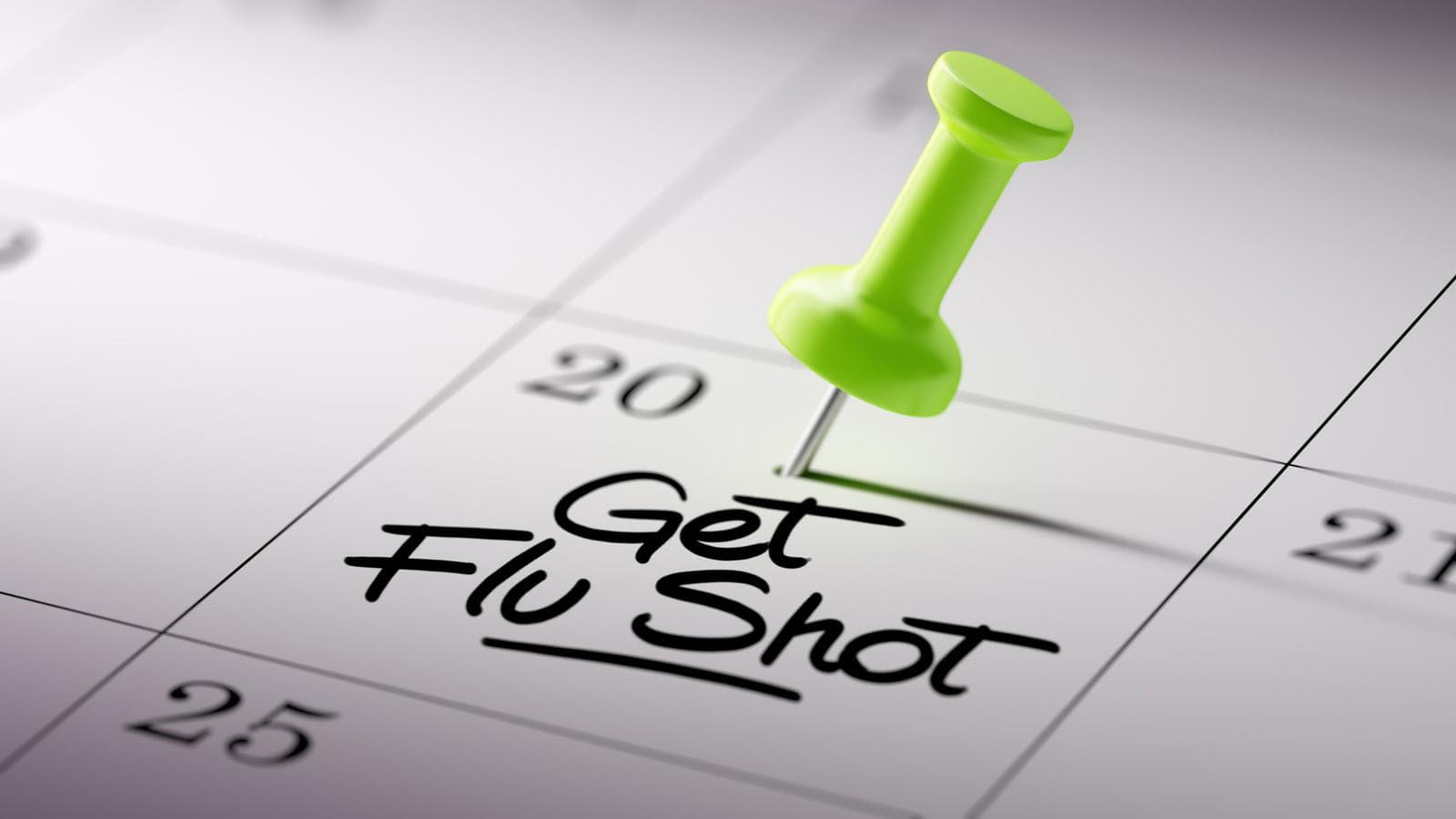The forecast for this winter likely includes more influenza than in 2021 if the trends in Australia are mirrored for Europe, the United States and the rest of the Northern Hemisphere. And because COVID-19 remains a threat, a new, revamped vaccine will soon be available.
So, if you want to stay well, when should you get each of these vaccines? The answer is twofold, but practical advice from many experts is to get the vaccines when they are offered and not worry so much about perfect timing.
“There’s a potential tradeoff between giving the vaccine too early versus missing opportunities to vaccinate people who then never get the vaccine at all,” said Ed Belongia, the director of the Center for Clinical Epidemiology and Population Health at the Marshfield Clinic Research Institute, told STAT.
STAT reported recently that the ideal time for a vaccine is a few weeks before the illness peaks, so you have maximum protection when you are most at risk of being infected. However, it’s difficult to say when influenza or COVID-19 will peak this winter.
For the flu, there’s more of a history to draw upon, but even still, it’s still hard to say in which month influenza will be most prevalent, explained Beverly Taylor, Head of Influenza Scientific Affairs, World Health Organization and International Federation of Pharmaceutical Manufacturers & Associations Lead at CSL Seqirus, leading influenza vaccines provider.
“Often times flu peaks between December and February, but there have been seasons where flu peaked as early as October,” Taylor said. “This year the flu season started six to eight weeks earlier than usual in the Southern Hemisphere and we could see something similar in the Northern Hemisphere. Flu can behave in unexpected ways and no two flu seasons are alike, so it is best to be prepared.”



